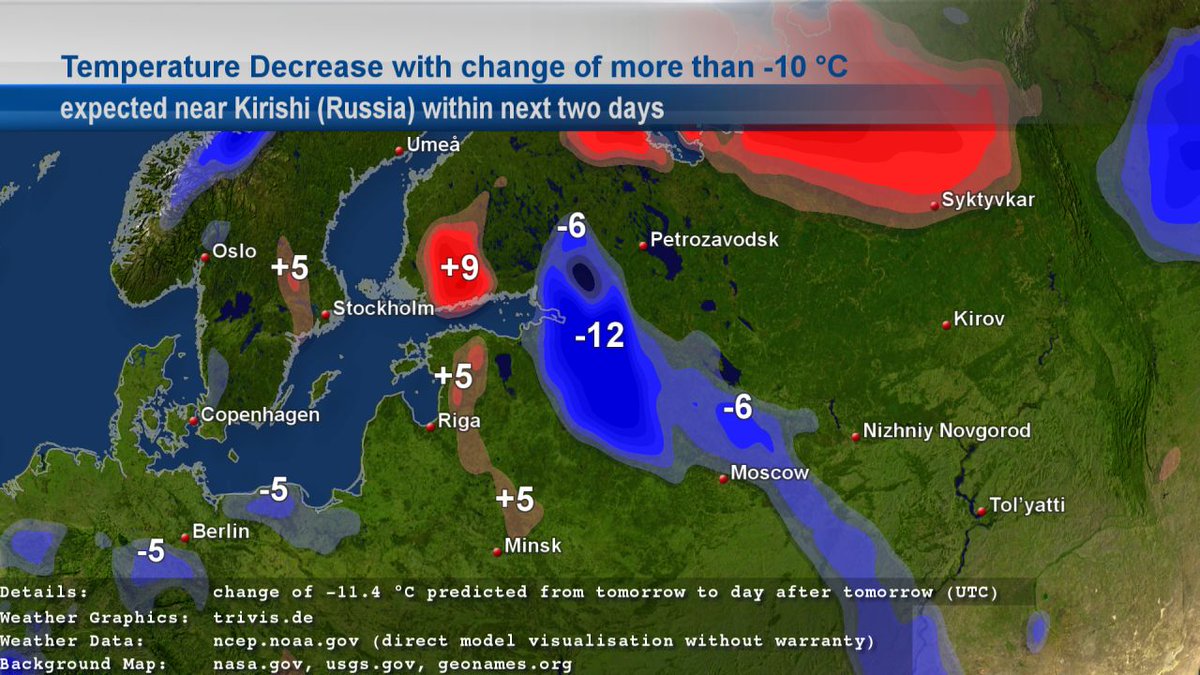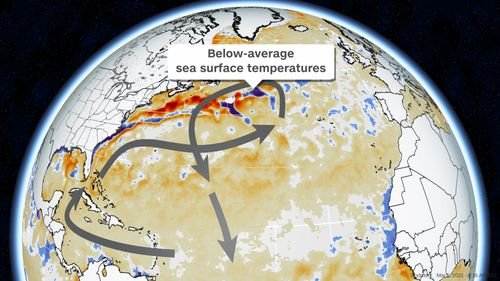

"This weakening also leads to cold in the northern Atlantic, but it's confined to the ocean.

Added freshwater from the melting ice is causing this turn to be slower because of reduced salinity. "Surface warming and the increased water cycle, increased rainfall and the ice melt are all a consequence of global warming" across parts of the North Atlantic Ocean, he said.Īs warm water currents move north, they typically turn back south as it gets cooler and heavier. Ice melting in Greenland and the heavy rainfall over the North Atlantic induced by climate change has affected the salinity and density of the waters, Rahmstorf explained. The AMOC has a profound influence on global climate, and particularly in North America and Europe, so this evidence of an ongoing weakening of the circulation is critical new evidence for the interpretation of future projections of regional and global climate," said Andrew Meijers, deputy science leader of polar oceans at British Antarctic Survey.

"This indicates that the slowdown is likely not a natural change but the result of human influence.

In this part of the ocean, the Greenland ice sheets are melting, contributing to both a rise in sea levels and serving to reduce the speed of the circulation. But that's only true if the overturning breaks down all together," Rahmstorf said. "The idea (of this film), which is actually correct, is that if this Atlantic overturning circulation breaks down all together, this will lead to a strong cooling around the northern Atlantic, especially into Europe, into the kind of coastal areas (of) Britain and Scandinavia. The region contributing to the slowdown is the North Atlantic, according to the research. The Atlantic Meridional Overturning Circulation (AMOC) transports water across the planet's oceans, including the Atlantic, Pacific and Indian.


 0 kommentar(er)
0 kommentar(er)
